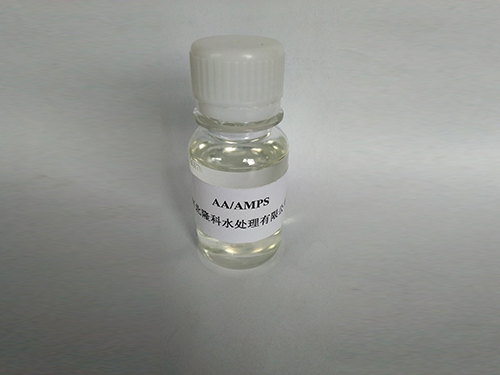flocculation in water purification
Flocculation in Water Purification An Essential Process for Clean Water
Water is one of the most vital resources on the planet, essential for human life, agriculture, and industry. However, ensuring the availability of clean and safe water remains a significant challenge. One of the key processes in water purification is flocculation, which plays a crucial role in removing contaminants and ensuring that water is safe for consumption.
Flocculation is a process in which fine particulates are agglomerated into a floc or clump, which can then be easily removed from water. This process is essential in water treatment facilities for several reasons. Firstly, natural water sources often contain minute particles such as clay, silt, and organic matter that can lead to turbidity. High turbidity levels are not only aesthetically unpleasing but can also harbor harmful microorganisms. By using flocculation, these particles can be effectively settled out of the water, making it cleaner and safer.
The flocculation process typically involves the addition of chemicals known as coagulants, such as alum (aluminum sulfate) or ferric chloride. These chemicals neutralize the charge of the suspended particles, allowing them to adhere to one another. This agglomeration creates larger particles, known as flocs, which can then be easily removed through sedimentation or filtration. The effectiveness of flocculation can be influenced by various factors, including the type and dosage of coagulant used, the pH of the water, and the mixing intensity.
flocculation in water purification

Once the flocs are formed, the next step is sedimentation. This process involves allowing the flocs to settle at the bottom of a sedimentation basin or tank. The clear water, known as supernatant, is then decanted off and can undergo further treatment, such as disinfection, to ensure that it is free from pathogens. In some cases, the settled flocs can also be removed and processed further to recover usable materials, contributing to a more sustainable approach to water treatment.
Flocculation is not only limited to municipal water treatment plants; it also plays a significant role in industrial processes, agriculture, and wastewater treatment. In industries such as mining, flocculation is used to separate valuable minerals from waste materials. In agriculture, it can help in the treatment of irrigation water, ensuring that it is free from harmful contaminants. In wastewater treatment, flocculation is critical to removing pollutants and achieving effluent standards before the water is released back into ecosystems.
The importance of flocculation in water purification cannot be overstated. With the increasing global population and the consequent rise in water demand, efficient water purification technologies are more critical than ever. Flocculation not only enhances water quality but also contributes to reducing waterborne diseases, thereby improving public health outcomes.
In conclusion, flocculation is a fundamental process in water purification that facilitates the removal of suspended solids, improving water clarity and safety. Its application in various sectors underscores its versatility and significance. As communities and industries strive for sustainable water management practices, understanding and optimizing the flocculation process will remain vital for securing access to clean water for future generations.
-
Pbtc Scale InhibitorPBTC: A Scale Protector for Industrial Water TreatmentNewsAug.05,2025
-
Organic Phosphonate: An Efficient Defender in the Field of Scale InhibitionNewsAug.05,2025
-
Hydrolyzed Polymaleic Anhydride: Green Pioneer in Scale Inhibition FieldNewsAug.05,2025
-
PAPEMP Polyamino Polyether Methylene Phosphonic Acid For SaleNewsAug.05,2025
-
Flocculant Water Treatment: A Pioneer in Purification in the Field of Water TreatmentNewsAug.05,2025
-
Benzyl Isothiazolinone: An Efficient and Broad-Spectrum Antibacterial Protective GuardNewsAug.05,2025





